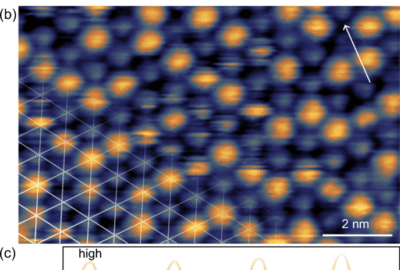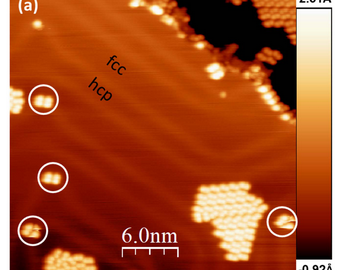publications, Réseau
Quantum Transport in Large-Scale Patterned Nitrogen-Doped Graphene
It has recently been demonstrated how the nitrogen dopant concentration in graphene can be controlled spatially on the nano-meter scale using a molecular mask. This technique may be used to create ballistic electron optics-like structures of high/low doping regions; for example, to focus electron beams, harnessing the quantum wave nature of the electronic propagation. Here, we employ large-scale Greens function transport calculations based on a tight-binding approach. We first benchmark different tight-binding models of nitrogen in graphene with parameters based on density functional theory (DFT) and the virtual crystal approximation (VCA). Then, we study theoretically how the random distribution within the masked regions and the discreteness of the nitrogen scattering centers impact the transport behavior of sharp n-p and n-n & PRIME; interfaces formed by different, realistic nitrogen concentrations. We investigate how constrictions for the current can be realized by patterned high/low doping regions with experimentally feasible nitrogen concentrations. The constrictions can guide the electronic current, while the quantized conductance is significantly washed out due to the nitrogen scattering. The implications for device design is that a p-n junction with nitrogen corrugation should still be viable for current focusing. Furthermore, a guiding channel with less nitrogen in the conducting canal preserves more features of quantized conductance and, therefore, its low-noise regime.
Lorentzen, AB; Bouatou, M; Chacon, C; Dappe, YJ; Lagoute, J; Brandbyge, M, Nanomaterials 2023, 13(18), 2556, doi
Comments are closed






